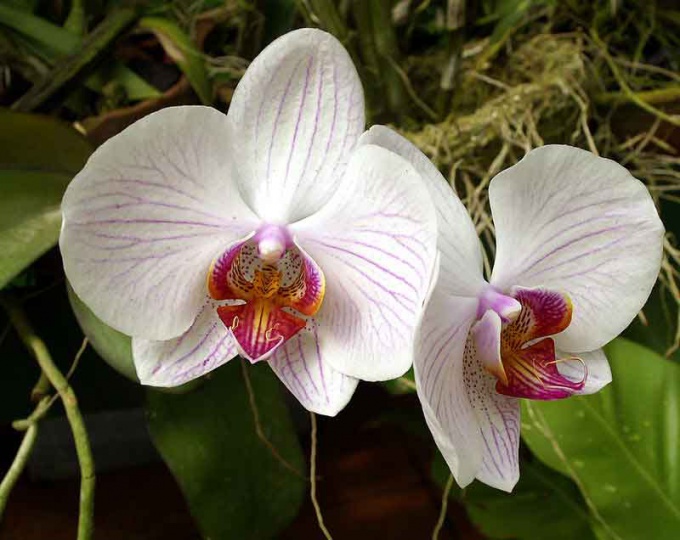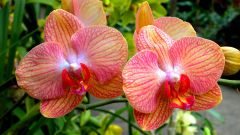Instruction
1
This should be done once in a year or two. The best time to transplant is early spring, symbolizing the initial phase of development of the plants. The substrate can be updated late summer to early autumn. In the winter during their flowering orchids to transplant is not recommended, otherwise the flowers will not have time to recover. In the summer heat too, flower is better not to transplant. Newly acquired Orchid is better to repot after flowering in the used substrate.
2
An important role plays also the transplant drainage layer, which is best done from pottery shards, flakes of Styrofoam or pebbles. This layer will ensure the diversion of water from the roots, which is harmful to reside in the water. Be sure to take fresh material for drainage and a new pot (or the old sanitized).
3
Procedure of transplant: remove the Orchid from the pot, knead it thoroughly from all sides and hit lightly on the bottom of the pot. Then completely remove all the old substrate.
4
Next fire disinfected scissors, cut off dead roots (if any), old and dead bulbs. Large disinfect the wounds with charcoal powder.
5
Now fill the pot with drainage material for a quarter. Sprinkle the layer with a small amount of land. Now take an Orchid, put it in a pot, turning in different directions. Also place in the pot the roots that hung before through the edges of the vessel. Be careful with solid roots, which are particularly fragile.
6
Fill the pot evenly from all sides of the substrate. Also lightly tap the pot on the table to allow the substrate to penetrate into the space between the roots. In this case the root collar of the plant should be above the substrate. Water the plant a day or two, not before. Otherwise with the water in unhealed wounds penetrate bacteria.


